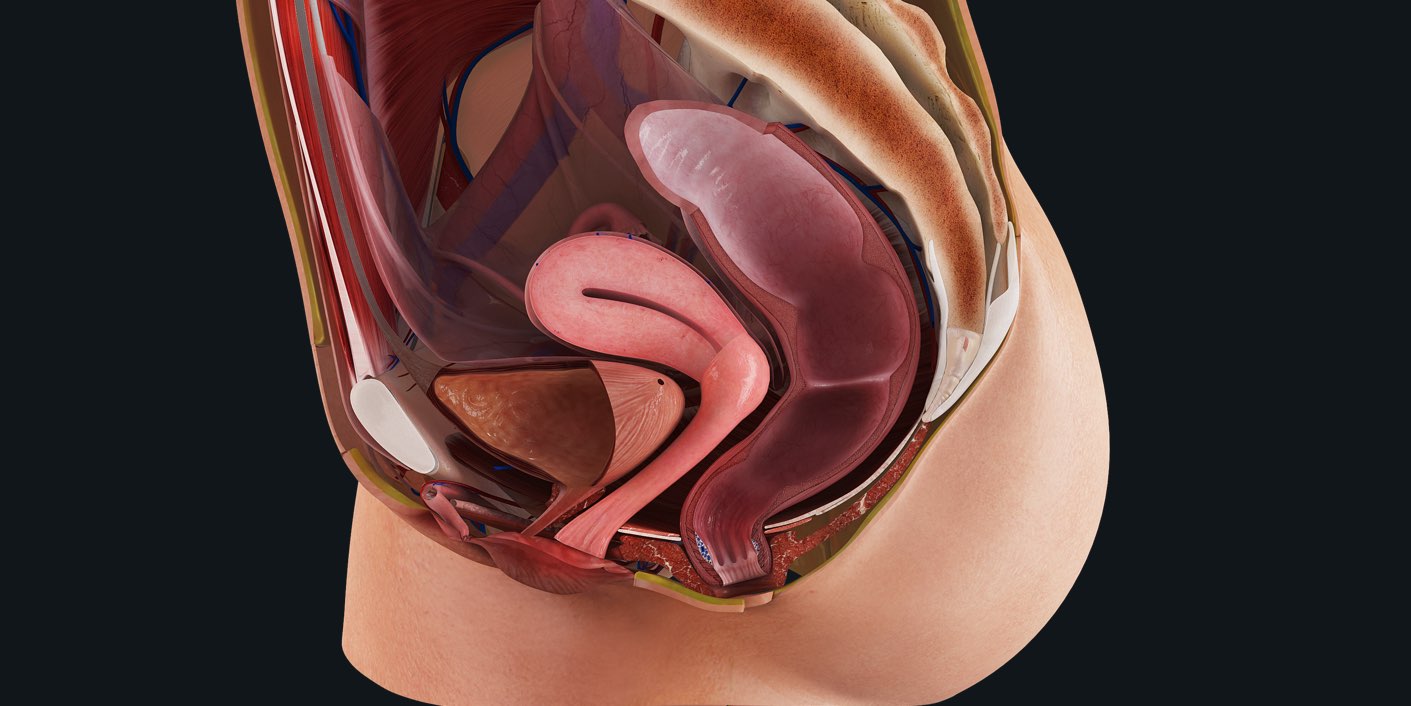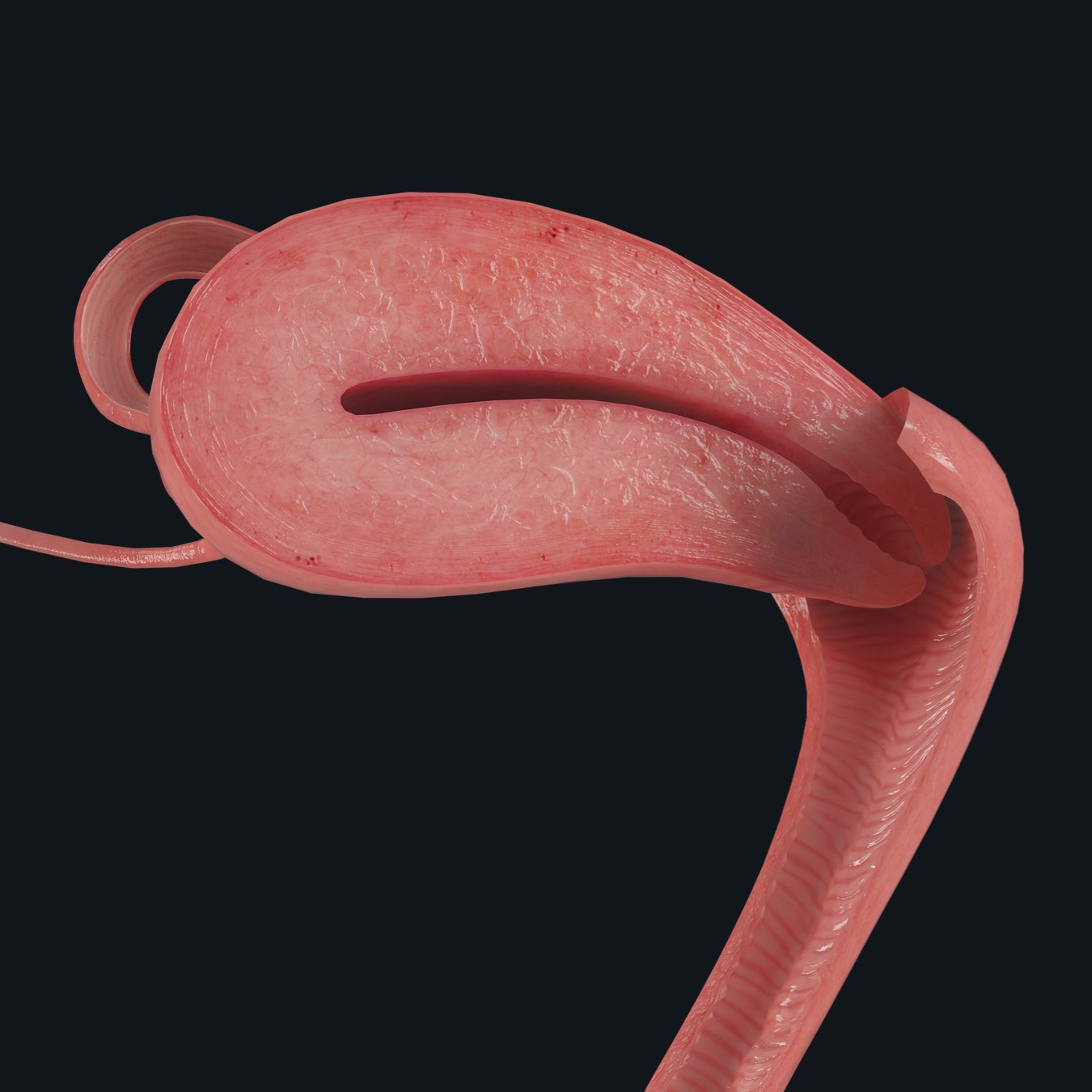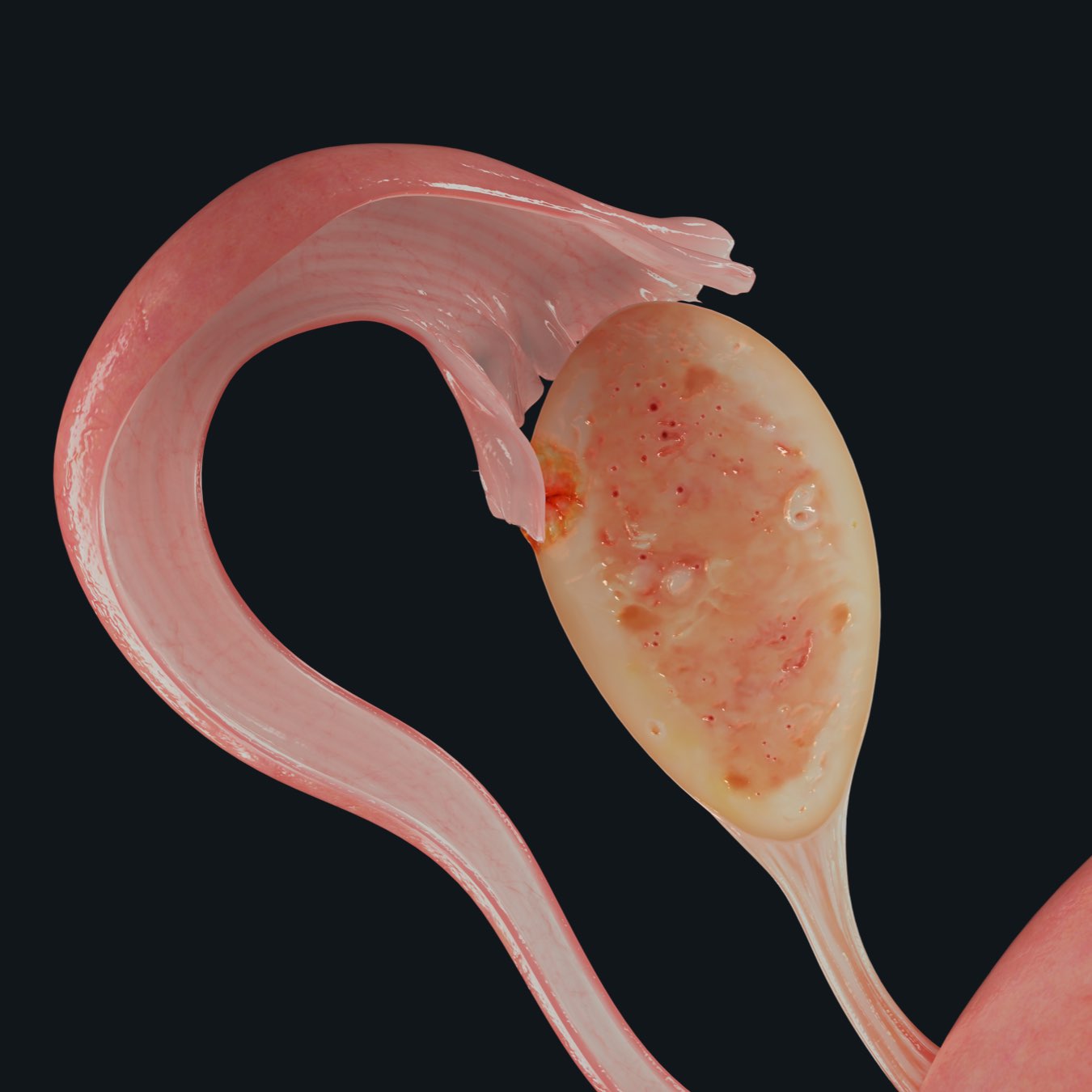
The Menstrual Cycle (known as a period) is a monthly series of changes, which occur in the female reproductive system to get the body ready for a possible pregnancy. The menstrual cycle is governed by hormonal changes which simultaneously occur in two parts of the female reproductive system, the ovary and uterus.
Ovarian changes
These are divided into 3 phases: Follicular, Ovulation and Luteal phases.

- Follicular phase: Here, follicle stimulating hormone (FSH) and luteinizing hormone (LH) are released from the pituitary gland into the blood to act on the ovary; this increases the levels of estrogen. It stimulates about 15-20 eggs to grow in its own “shell” called a follicle and as the cycle progresses, one single egg becomes the dominant follicle and set for the next phase called ovulation.
- Ovulation: This is the midpoint of the cycle, occurring about 2 weeks after the follicular phase. As the estrogen is released from the dominant follicle and there is a hormone surge of LH from the brain which causes the egg to pop from the shell, releasing an oocyte. The oocyte is then captured by finger-like projections — called fimbriae — on the fallopian tube, taking it to the uterine ampulla for possible fertilization.
- Luteal phase: The shell of the egg that was left behind in the ovary forms a structure called the corpus luteum, which secretes a hormone called progesterone. This supports a possible pregnancy.
Uterine Changes
These are are also divided into 3 phases: Proliferative phase, Secretory phase, and Menstruation.

- Proliferative phase: This occurs after menstruation. At this point the walls of the uterus build a thick layer of bloody tissue that will house a fertilized oocyte.
- Secretory phase: This occurs in line with ovulation and the luteal phase, where the progesterone released from the corpus luteum helps to nourish the lining of the uterus called the endometrium, preparing for the fertilized oocyte to implant into the walls of the uterine cavity.
- Menstrual phase: If fertilization does not take place, the walls of the uterine cavity is shed , flowing out of the cervix and the vagina.
On average, the menstrual cycle lasts approximately 28 days. The amount of blood lost in each cycle is commonly over-estimated; in fact, on average 10-35mls of blood is lost in each cycle, this is about 1-2.5 tablespoons.
Complete Anatomy contains the most detailed 3D anatomical model of the female pelvis ever created. Experience the cutting-edge of 3D female anatomy today and try it for free.